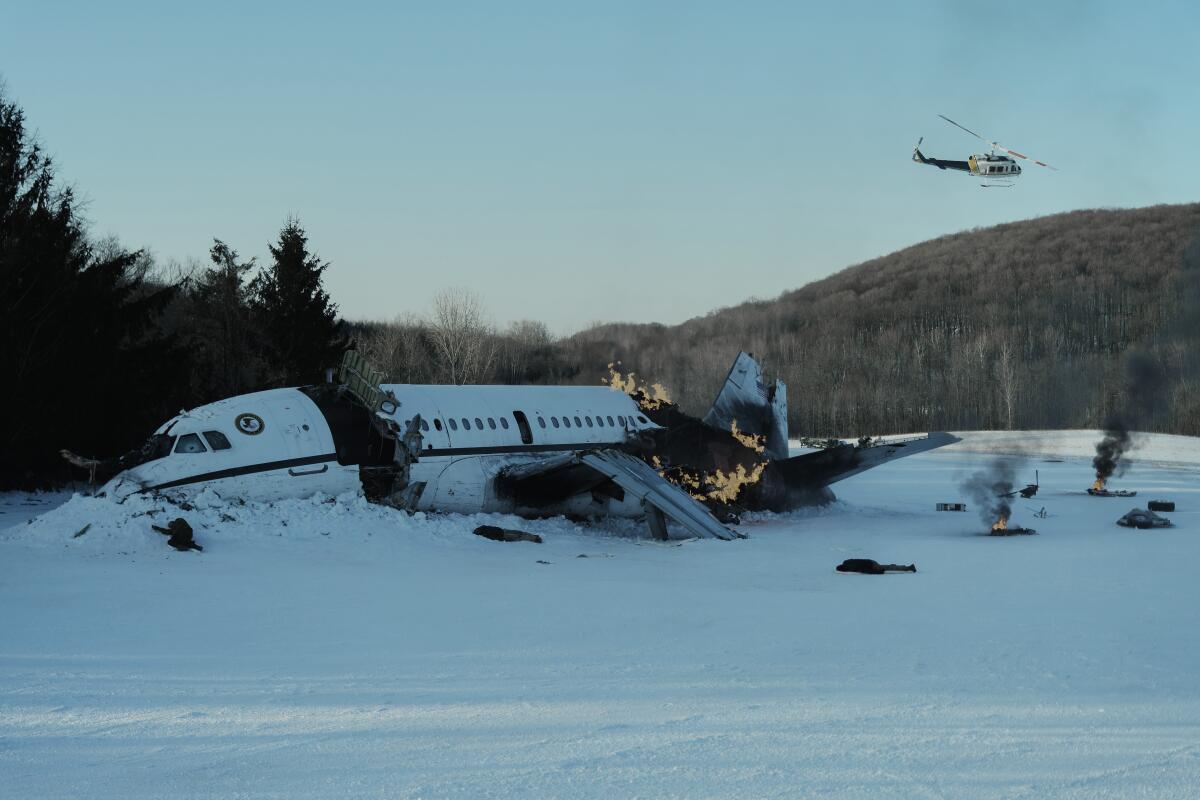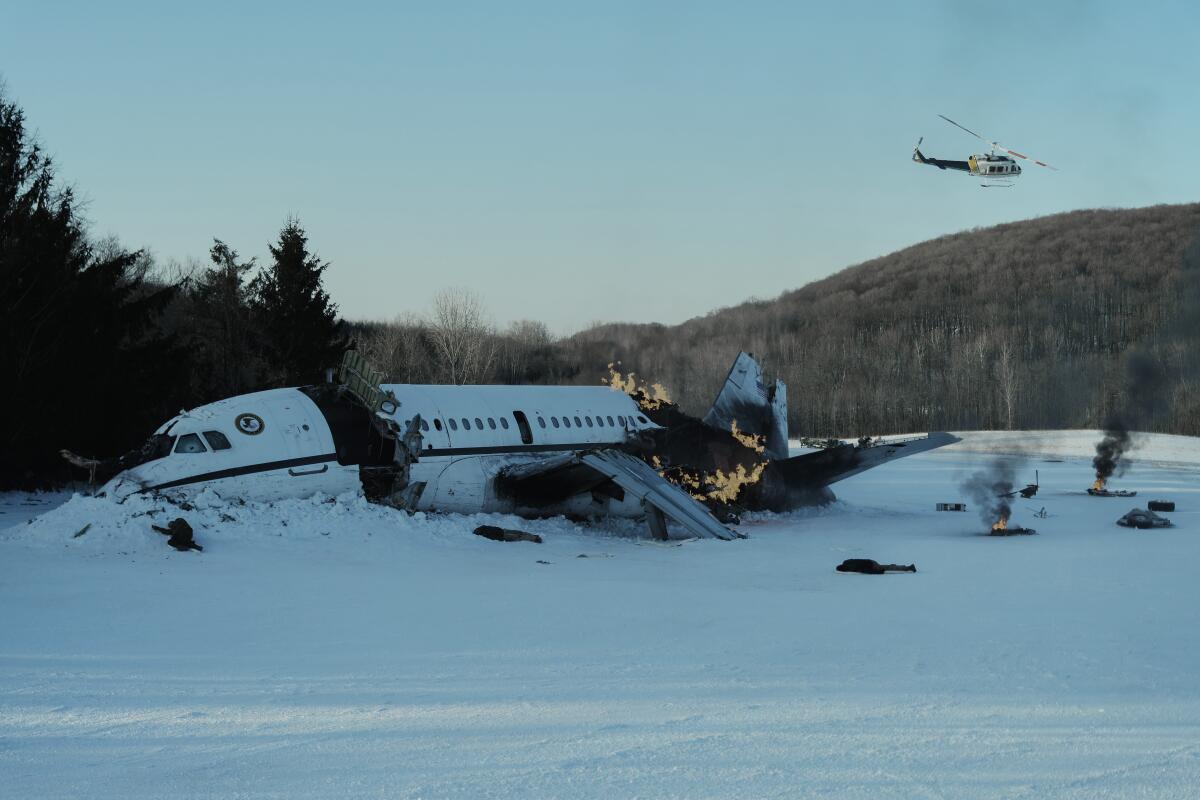Clean air is the new frontier of global cooperation | Environment
As the Group of 20 leaders gather in Cape Town, clean air features on the agenda as a standalone priority for the first time in the forum’s history. The reality, however, is stark. Outdoor air pollution claims 5.7 million lives each year, and a report released last week highlights the lack of international development finance for clean air. Only $3.7bn was spent globally in 2023, representing barely 1 percent of aid, with only a fraction reaching Africa.
As the minister chairing the G20’s environment workstream this year, I am proud to have worked with member countries and international organisations to place air pollution firmly on the agenda. When Japan held the presidency in 2019, the focus was on marine plastics. Last year, under Brazil’s leadership, the G20 prioritised finance for forests. This year, we sought to treat the right to breathe clean air with the urgency it deserves.
In South Africa, our Constitution guarantees every person the right to an environment that is not harmful to their health or wellbeing. That principle guides our domestic policy and informs our leadership of the G20’s discussions.
This is the first G20 presidency on African soil, a fitting setting to confront this crisis. Africa is the fastest urbanising continent on Earth, and the choices we make today in how we power our homes, move our people, and build our cities will shape health, climate, and economic outcomes for decades to come. The burden of air pollution is already visible in hospital admissions, school absenteeism, and productivity losses across the continent. According to the World Bank, outdoor air pollution causes global economic losses equivalent to nearly 5 percent of gross domestic product (GDP) each year.
This reality is now reshaping the global debate. In May, governments adopted the world’s first global goal on air quality at the World Health Organization’s World Health Assembly, which aims to halve deaths caused by poor air by 2040. It was a landmark step, but without finance to match ambition, such commitments risk remaining words on paper.
Our G20 deliberations identified four barriers to cleaner air. The first is limited institutional capacity. The second is inadequate monitoring and data, leaving policymakers and citizens without reliable information. The third is weak cooperation across borders. The fourth is the shortage of finance relative to the scale of the problem.
The Clean Air Fund’s recent report makes this plain. In 2023, support for outdoor air quality in sub-Saharan Africa fell by 91 percent to only $11.8m. Globally, just 1 percent of aid was spent on clean air, and only 1 percent of that reached sub-Saharan Africa. In other words, less than one-10,000th (1/10,000) of global development funding supports clean-air efforts in one of the regions most in need.
That is not only inequitable; it is also economically short-sighted. Clean-air action reduces healthcare costs, boosts productivity, and supports the transition to more resilient economies.
South Africa’s own experience demonstrates what is possible. Through the National Air Quality Framework and the National Environmental Management Act, we have built a foundation for accountability and transparency in monitoring air quality. We have strengthened coordination between national and municipal governments, introduced targeted interventions in the Highveld and Vaal Triangle, and expanded our air-quality monitoring network so that communities can access real-time data. These measures are supported by our broader Just Energy Transition, which directs investment towards cleaner transport, renewable power, and improved waste management.
The lesson is that progress requires both political will and predictable finance. Domestic measures alone are not enough. International financial institutions and development banks must embed clean-air objectives within climate and development portfolios.
This year’s G20 discussions also underscored the importance of data. You cannot manage what you cannot measure. Expanding reliable air-quality monitoring networks in low-income countries is one of the smartest investments the international community can make. It empowers local decision-makers, supports innovation in clean technologies, and strengthens accountability.
The message from Cape Town is clear: clean air belongs at the top table. That recognition must now be matched by sustained progress to deliver measurable outcomes. In practice, this means embedding clean-air objectives at the heart of development finance and prioritising regions that have been left behind, especially across Africa, where pollution levels are high but funding remains negligible.
Clean air is not a peripheral issue; it is central to achieving climate goals, health targets, and sustainable growth. The science is clear: the same pollutants that harm human health also warm the planet. Tackling them together delivers faster and more cost-effective results.
We therefore call for a collective effort among governments, development partners, and the private sector to ensure that clean air becomes a central measure of success in the global transition. The right to breathe clean air is universal. Delivering it requires fairness, commitment, and finance that match ambition.
The views expressed in this article are the author’s own and do not necessarily reflect Al Jazeera’s editorial stance.



